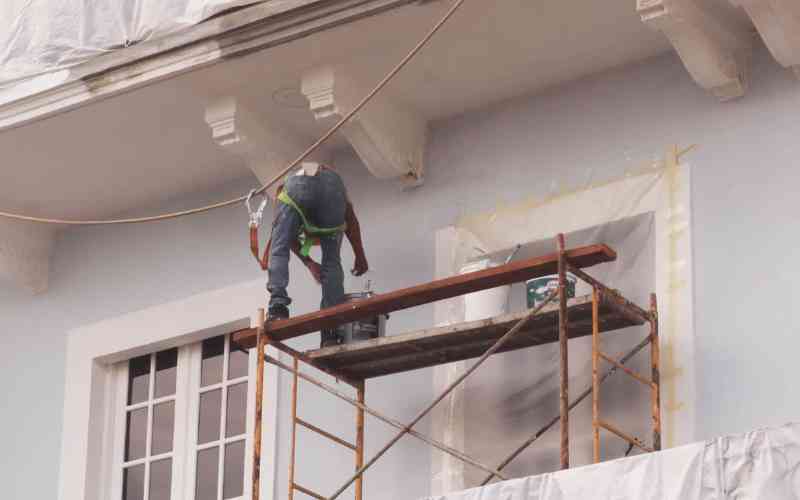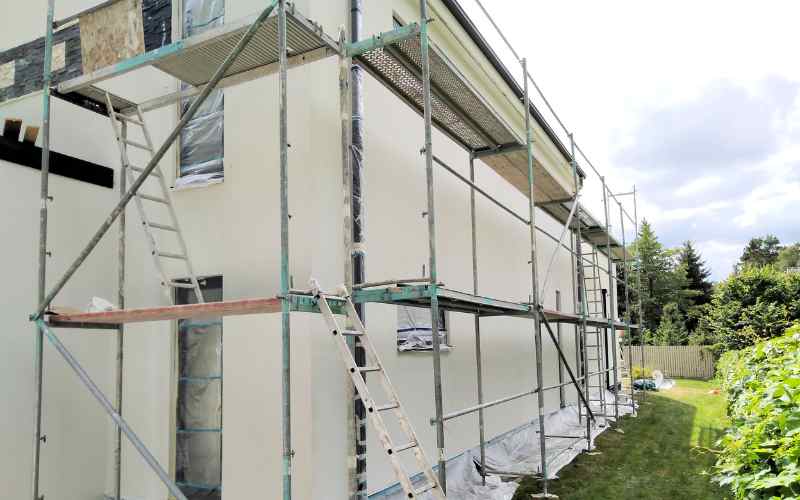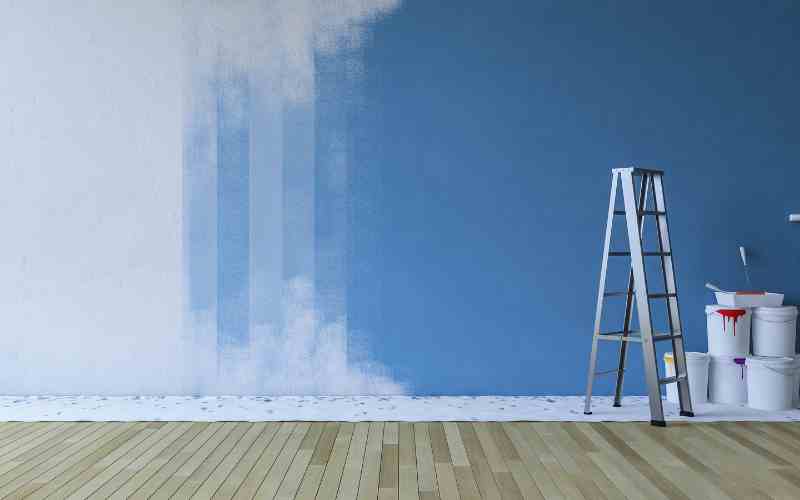Commercial Building Exterior Paints: Elastomeric vs Traditional
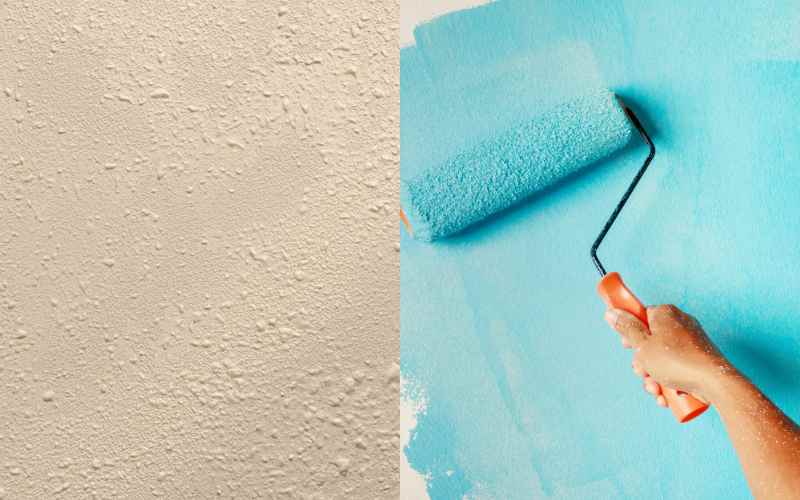
A recent survey of the industry found that commercial buildings with elastomeric membranes can last up to 30% longer before they need to be painted again than those with regular acrylic paints. That's not just a small benefit; it's years of lower maintenance costs and fewer problems for tenants. For people who own commercial property in Melbourne, where the weather can go from hot to rainy, the stakes are high.
In reality, not all paints are the same. I've seen building managers choose cheaper traditional paints to save money up front, but then they have to deal with cracks, water leaks, and fading façades just a few years later. On the other hand, owners who paid for elastomeric coatings often felt that the high price was worth it when their buildings held up well against storms, UV rays, and seasonal changes in size.
So, which coating is right for your building? The answer depends on much more than price per litre. In this article, we’ll compare elastomeric vs traditional exterior paints in terms of cost, longevity, and performance. You’ll discover when elastomeric coatings make sense, when traditional paint is the smarter option, and the trade-offs you should know before hiring professional painters.
 But traditional paints have weaknesses. They tend to be thinner films that don’t bridge cracks well, can fade faster under UV exposure, and usually require repainting cycles of 5–7 years for commercial façades in Melbourne’s climate, a fact well-known by experienced painters in Clayton, who often recommend alternatives for long-lasting results.
But traditional paints have weaknesses. They tend to be thinner films that don’t bridge cracks well, can fade faster under UV exposure, and usually require repainting cycles of 5–7 years for commercial façades in Melbourne’s climate, a fact well-known by experienced painters in Clayton, who often recommend alternatives for long-lasting results.
 What do you have to give up? Elastomeric coatings are thicker, need skilled painters in Rowville and around Melbourne to apply them correctly, and cost more per square metre up front. But in some climates and on some surfaces, they work much better than regular paints.
What do you have to give up? Elastomeric coatings are thicker, need skilled painters in Rowville and around Melbourne to apply them correctly, and cost more per square metre up front. But in some climates and on some surfaces, they work much better than regular paints.

 For traditional paints:
For traditional paints:

What Are Traditional Exterior Paints?
Acrylic, latex, and alkyd paints are the most common types of traditional exterior paints. They have been used for a long time on homes and businesses. They give:- You can choose from a wide range of colours and finishes, from matte to high gloss. This gives architects and property owners a lot of options for how things look.
- Some materials, like brick or wood, benefit from good breathability because it lets moisture inside the wall evaporate.
- Lower initial cost: the costs of materials and labour are usually lower than those of elastomeric coatings.
- Ease of application, standard spray or roller application, without the need for special tools or high-build techniques.
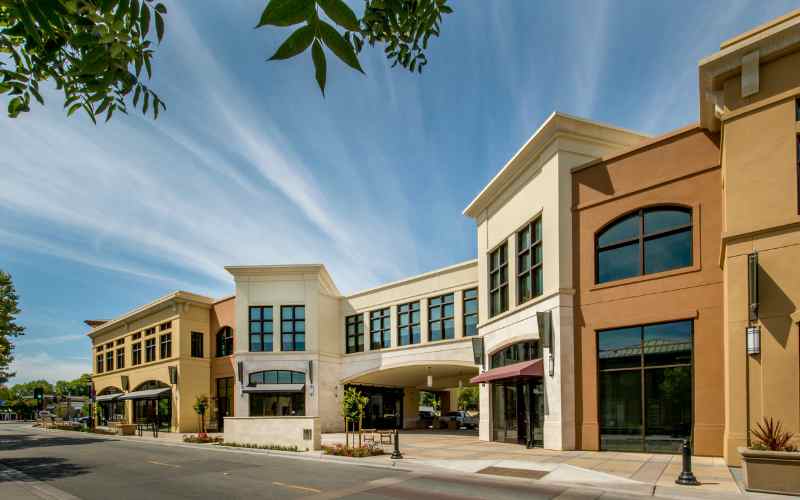 But traditional paints have weaknesses. They tend to be thinner films that don’t bridge cracks well, can fade faster under UV exposure, and usually require repainting cycles of 5–7 years for commercial façades in Melbourne’s climate, a fact well-known by experienced painters in Clayton, who often recommend alternatives for long-lasting results.
But traditional paints have weaknesses. They tend to be thinner films that don’t bridge cracks well, can fade faster under UV exposure, and usually require repainting cycles of 5–7 years for commercial façades in Melbourne’s climate, a fact well-known by experienced painters in Clayton, who often recommend alternatives for long-lasting results.
What Is an Elastomeric Membrane / Coating?
Elastomeric coatings are thick, flexible membranes that are put on outside surfaces like brick, stucco, concrete, or masonry. They are different from regular paint in that they:- Stretch and flex: up to 300% in some cases, which lets them fill in hairline cracks.
- Waterproof: acting as a barrier to keep water from getting in, which is very important for porous surfaces.
- UV resistant: keeping the substrate from fading and getting damaged.
- Durable: will last for more than 10 years if you prepare and use it correctly.
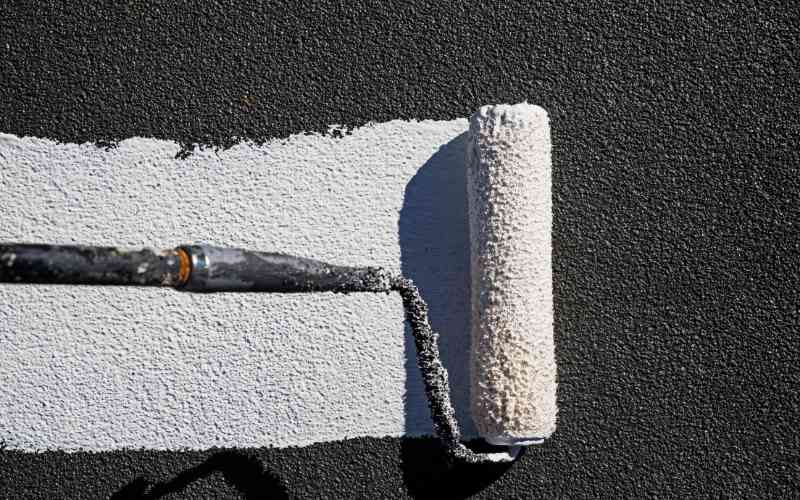 What do you have to give up? Elastomeric coatings are thicker, need skilled painters in Rowville and around Melbourne to apply them correctly, and cost more per square metre up front. But in some climates and on some surfaces, they work much better than regular paints.
What do you have to give up? Elastomeric coatings are thicker, need skilled painters in Rowville and around Melbourne to apply them correctly, and cost more per square metre up front. But in some climates and on some surfaces, they work much better than regular paints.
Elastomeric vs Traditional Paints: A Side-by-Side Comparison
| Factor | Traditional Exterior Paint | Elastomeric Coating |
|---|---|---|
| Upfront Cost | Lower material + labour cost | Higher material + more skilled labour required |
| Coverage | Higher m² per litre | Lower m² per litre (thicker coat needed) |
| Crack Resistance | Limited | Excellent – bridges hairline cracks |
| Waterproofing | Moderate | High – strong water barrier |
| UV Resistance | Good, but prone to fading | Excellent, longer colour stability |
| Aesthetic Options | Wide colour & finish range | Limited, usually matte finish |
| Longevity | 5–7 years before repainting | 10–15 years with proper maintenance |
| Best For | Smooth, stable, low-risk surfaces | Porous, cracked, or weather-exposed surfaces |
When Elastomeric Makes Sense
Elastomeric coatings aren't always the best choice. They make sense in specific scenarios:- Porous or cracked substrates: If your building has ageing concrete or masonry with hairline cracks, elastomeric coatings can bridge gaps and stop water ingress.
- High rainfall or coastal exposure: Melbourne may not be tropical, but heavy rain and wind-driven moisture are common. Elastomeric coatings keep water out.
- Buildings with movement: Traditional paint can crack when the temperature changes and it expands and contracts. Elastomeric stretches with the substrate.
- Long-term cost savings: Owners who plan to stay for 10 to 15 years can make money by not having to repaint as often.
- High-stakes buildings: Elastomeric coatings protect the facade from leaks and damage that would bother tenants or cost a lot to fix, like insurance.
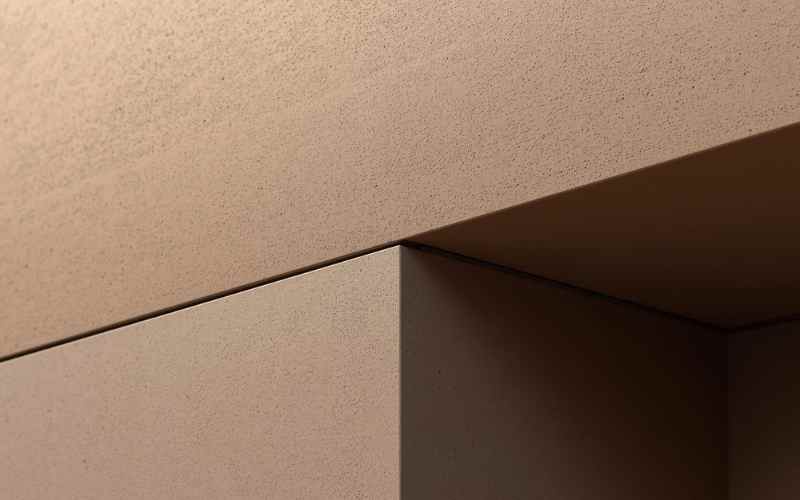
When Traditional Paint Is Smarter
Even though elastomeric coatings have some benefits, they aren't always the best choice. When: Traditional paints still work better when:- Budget is tight: Upfront cost is a real concern for some projects.
- Aesthetics matter more: If you need glossy or designer finishes, traditional paints are more flexible.
- Breathability is key: Some older brick or heritage buildings need paints that allow moisture vapour to escape.
- The substrate is stable and smooth, so regular paint will work fine as long as the surface doesn't have any cracks or water problems.
Trade-Offs and Risks to Consider
Every choice has downsides. With elastomeric coatings:- You’ll face higher upfront costs (materials + skilled labour).
- Application requires correct film thickness; too thin and it fails, too thick and it may peel.
- Colour options are more limited.
- Spot repairs or blending are harder than with traditional paints.
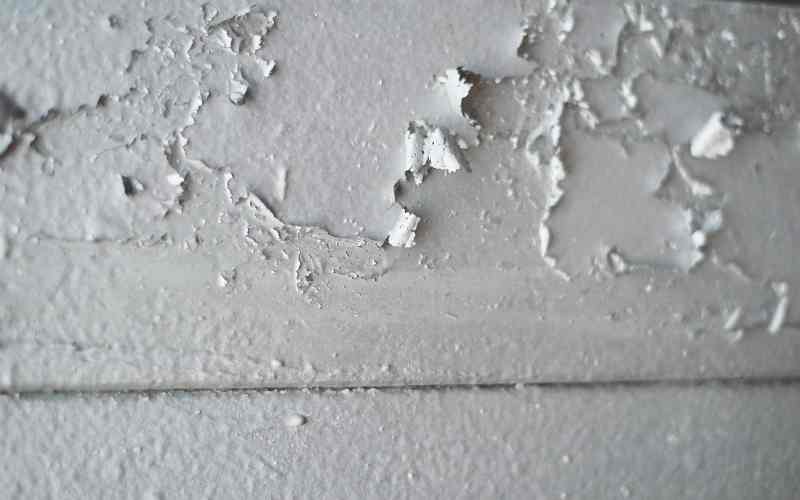 For traditional paints:
For traditional paints:
- You’ll need more frequent repaints (higher lifecycle costs).
- They don't protect against cracking and water damage as well.
- Fading and chalking are more common in Melbourne because of the UV exposure.
Cost & Lifecycle Considerations
Let's talk about numbers. Prices vary, but traditional exterior paints can cost $20 to $30 per square metre applied, while elastomeric coatings usually start at $35 to $50 per square metre applied. But the cost of protection over its lifetime can be lower if elastomeric lasts twice as long. Elastomeric can also keep businesses running smoothly and stop water damage, which makes it a better choice in the long run.Maintenance & Recoating Cycles
- Traditional Paint: Every 2 to 3 years, you should have an inspection. Every five to seven years, you should paint.
- Elastomeric Coating: Every 10 to 15 years, a new coat of paint is put on.
